I generated spectrogram of a "seven" utterance using the "egs/tidigits" code from Kaldi, using 23 bins, 20kHz sampling rate, 25ms window, and 10ms shift. Spectrogram appears as below visualized via MATLAB imagesc function:
I am experimenting with using Librosa as an alternative to Kaldi. I set up my code as below using the same number of bins, sampling rate, and window length / shift as above.
time_series, sample_rate = librosa.core.load("7a.wav",sr=20000)
spectrogram = librosa.feature.melspectrogram(time_series, sr=20000, n_mels=23, n_fft=500, hop_length=200)
log_S = librosa.core.logamplitude(spectrogram)
np.savetxt("7a.txt", log_S.T)
However when I visualize the resulting Librosa spectrogram of the same WAV file it looks different:
Can someone please help me understand why these look so different? Across other WAV files I've tried I notice that with my Librosa script above, my fricatives (like the /s/ in "seven" in the above example) are being cutoff and this is greatly affecting my digit classification accuracy. Thank you!

